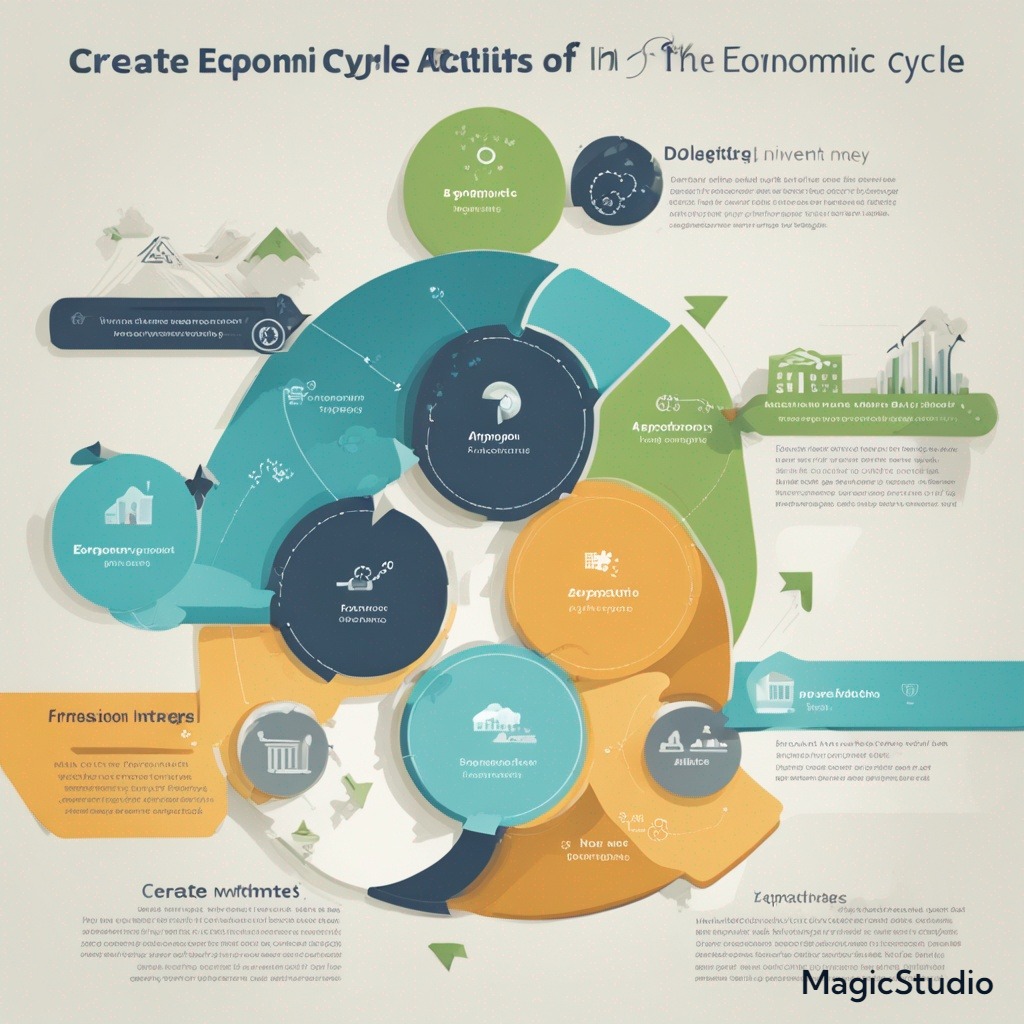In today’s fast-paced world, economic conditions can shift dramatically, influencing everything from job stability to investment returns. Understanding these changes is crucial for maintaining financial health and adapting strategies accordingly. This blog delves into how changing economic conditions affect personal finances and provides actionable insights to navigate these fluctuations effectively.
Understanding Economic Conditions
Economic conditions refer to the overall state of the economy, characterized by factors like employment rates, inflation, interest rates, and consumer confidence. These conditions can be broadly categorized into three phases: expansion, peak, contraction, and trough. Each phase has unique implications for individual finances.
1. Expansion Phase
During an expansion, the economy grows, leading to increased consumer spending, rising employment, and higher wages. Here’s how you can leverage this phase:
- Increase Savings: With more disposable income, consider boosting your savings rate. Aim to increase your emergency fund and retirement contributions.
- Invest Wisely: The stock market typically performs well during expansions. Research and invest in growth stocks, ETFs, or mutual funds to take advantage of rising asset prices.
- Debt Management: If you have high-interest debt, consider paying it down more aggressively, as the economic upturn can provide the financial flexibility to do so.
2. Peak Phase
As the economy reaches its peak, growth starts to slow, which may lead to inflation. Here’s how to prepare:
- Diversify Investments: A diversified portfolio can mitigate risk. Consider allocating assets across different sectors and asset classes to cushion against market volatility.
- Monitor Expenses: With rising prices, it’s crucial to keep a close eye on your expenses. Create a budget that allows for flexibility but ensures you’re not overspending.
- Refinance Debt: If interest rates are still favorable, consider refinancing existing loans to secure lower monthly payments.
3. Contraction Phase
During economic contractions, businesses may close, leading to job losses and reduced consumer spending. Here’s how to stay resilient:
- Build an Emergency Fund: Prioritize saving for emergencies. Aim for at least three to six months’ worth of living expenses to weather job instability.
- Reassess Investments: Reevaluate your investment strategy. Avoid panic selling; instead, focus on long-term goals and consider defensive stocks or bonds that can offer stability.
- Consider Side Income: Explore side hustles or freelance work to supplement your income during tough times.
4. Trough Phase
The trough marks the lowest point of economic activity before recovery begins. Preparing for the recovery can set you up for future success:
- Focus on Education: Invest in yourself through education and skill development. This can enhance your employability once the economy starts to recover.
- Seize Investment Opportunities: Look for undervalued assets during the trough. Market downturns can present significant buying opportunities for long-term investors.
- Network and Collaborate: Strengthen professional connections that could lead to new job opportunities or partnerships when the economy begins to improve.

